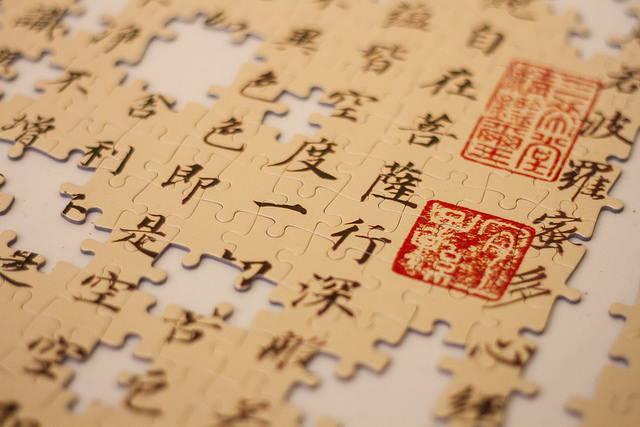Japan’s economy contracted at an annualized rate of -1.4% in the fourth quarter. That was much worse than the Bloomberg consensus was looking for. Declining industrial production and weak household spending had pointed at renewed contraction risk. Most Japan watchers were probably focusing on the country’s composite PMI index, which improved to 52.3 in Q4 the best quarter in nearly two years.
Japan has already seen three recessions since 2009. In fact, in six years starting in 2010, Japan’s GDP has contracted in 11 out of 24 quarters(!). Amazingly the economy has still not recovered from the ill-advised Consumption Tax hike in April of 2014. Private consumption declined again in Q4 and is now 5.4% below the pre-tax hike peak.
The decline in consumer spending has been more than twice as large as the consumption contraction during in the 2008/09 financial market crisis. That’s astonishing for such the relatively small tax increase and for an economy essentially on full employment. Residential investment contracted mildly last quarter and inventories shaved 0.5% off the quarterly growth rate. The only bright spot was a 5.7% annualized increase in business investment.
Where is government?
I am surprised we are not seeing more fiscal spending in Japan. The government had promised to offset the Consumption Tax increase with fiscal stimulus, which never materialized. The average contribution to quarterly GDP growth after the second quarter of 2014 was a mere 0.2%.
The weak growth trend in Japan is another serious blow to the effectiveness of monetary policy as a growth stimulus tool. The Bank of Japan has been buying about $70 billion worth of bonds and ETFs every month for the past three years with very little growth or inflation to show for. Now the BOJ is trying negative interest rates, a tool that has not been tested and whose side effects are not yet fully understood.
Japan is trapped in a low interest rate world. What the economy needs is a significantly weaker currency to boost inflation, corporate profits and wages. Yet, with global interest rates unwilling to rise, the BOJ evidently felt compelled to widen the interest rate differential by further lowering Japanese rates. So far we haven’t seen any lasting effect on the yen.
Forecast impact.
Similar to the US, Japan will struggle to exceed last year’s growth rate in 2016. The sharp decline at the end of last year has lowered the starting point for 2016 such that even the 1.3% average quarterly growth rate we are forecasting will only add up to 0.5% growth for the full year. Like in the US, looking at the Q4/Q43 growth rate will be more informative about the growth momentum. Here we expect a modest improvement from the 0.7% last quarter to 1.2% at the end of this year.
Abenomics is in danger of failing. Structural reforms have done little to raise Japan’s actual growth rate. The damage from last year consumption tax still dominates the household sector, reflecting the lack of income growth, which could have offset the modest tax hike. Absent faster rate hikes in the US there is little the Bank of Japan can do to stimulate growth and the focus is shifting back to fiscal policy.
Much of that is likely to be timed for the June Upper House elections where the ruling LDP enjoys a big majority. Elections for the Lower House where the cushion is much thinner aren’t required until 2018. So Prime Minister Abe has two more years to turn the economy around. More stimulative fiscal policy and greater efforts to weaken the yen as the year progresses should eventually boost growth and help Japan avoid a fourth recession since 2009.
Markus Schomer is a Managing Director and Chief Economist of PineBridge Investments.


